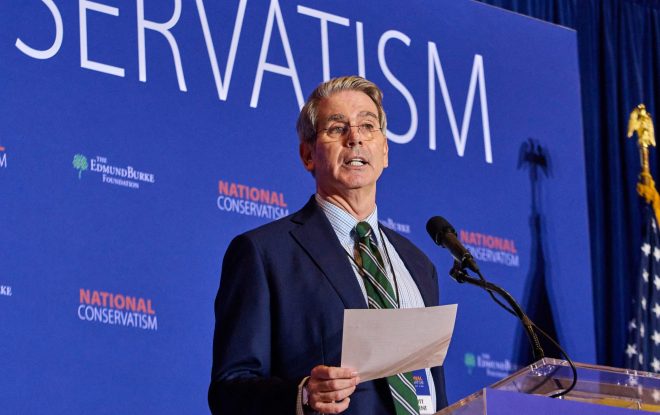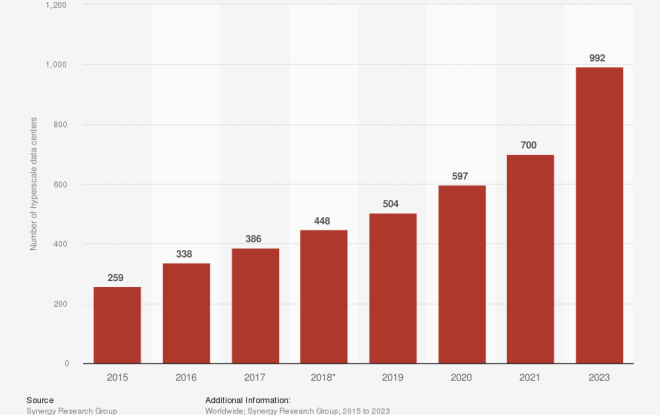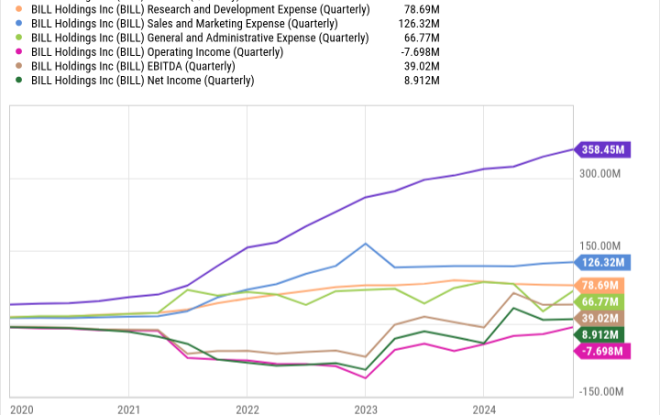Trump’s Scoreboard Is the S&P 500, and It’s Wall Street’s Best Hope
(Bloomberg) — If Wall Street learned one thing during Donald Trump’s first term as president, it’s that the stock market is a way he keeps score. At various points he took credit for equities rallies, urged Americans to buy the dip, and even considered firing Federal Reserve Chairman Jerome Powell, who he blamed for a selloff.
Most Read from Bloomberg
Now he’s preparing for another stint in the White House, and the market is once again a key focus. The problem is he’s also bringing a series of economic policy proposals that many strategists say raise the risk of increasing inflation and slowing growth.
So for investors who’ve enjoyed the S&P 500 Index’s more than 50% jump since the start of 2023, the best hope for keeping the market rolling into 2025 and beyond may be Trump’s fear of doing anything to damage a rally.
“Trump considers the stock market performance as an important part of his scorecard,” said Eric Sterner, chief investment officer at Apollon Wealth Management. “He regularly started his speeches as president in his first term with the question, ‘How’s your 401K doing?’ when the markets were riding high. So he clearly does not want to create any policies that threaten the current bull market.”
The S&P 500 Index took off after Trump’s win on Nov. 5, putting up its best post-Election Day session ever. A whopping $56 billion flowed into US equity funds in the week through Nov. 13, the most since March, according to strategists at Bank of America Corp. using data from EPFR Global. And the S&P 500, technology-heavy Nasdaq 100 Index and Dow Jones Industrial Average have all hit multiple records since Election Day, despite last week’s pullback.
What makes the reaction notable is Trump’s campaign promises weren’t what you’d normally consider investor-friendly. They include: hefty tariffs that will potentially strain relations with key trade partners like China; mass deportations of low-wage undocumented workers; tax cuts targeted at corporations and wealthy Americans, which are expected to increase the national debt and widen the budget deficit; and a general protectionist approach aimed at bringing manufacturing back to America, where costs are higher than they are overseas.
None of these risks is a secret, they’ve all been widely discussed in investing circles. So where’s the enthusiasm coming from? Simple. Wall Street doesn’t believe Trump will tolerate a declining stock market, even if it’s caused by one of his own proposals.




Leave a Reply